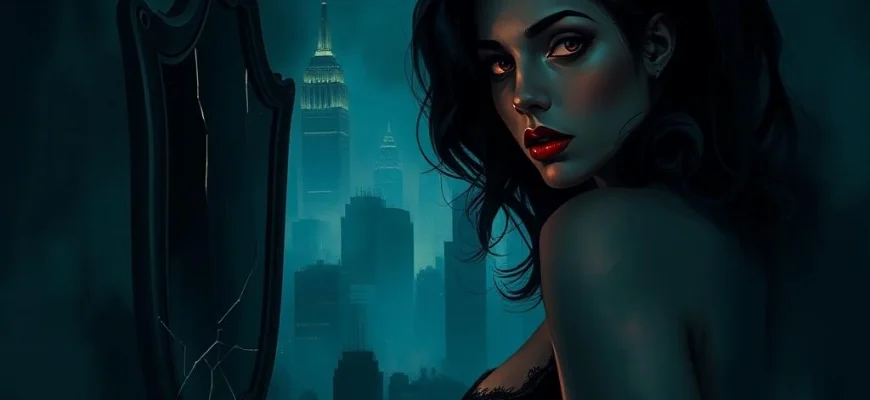If you loved the dark, twisted allure of *The Lady from Shanghai* (1947), you're in for a treat. This article explores 10 gripping movies and shows that share its themes of deception, noir aesthetics, and psychological tension. Whether you're a fan of classic noir or modern thrillers, these picks will keep you on the edge of your seat.
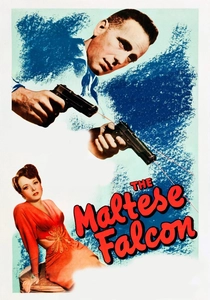
The Maltese Falcon (1941)
Description: A classic detective story with a hard-boiled protagonist navigating a web of lies and greed. The film's intricate plot and morally ambiguous characters are hallmarks of the genre.
Fact: This was the third film adaptation of Dashiell Hammett's novel. It marked John Huston's directorial debut and is often credited with defining the film noir style.
 Watch Now
Watch Now 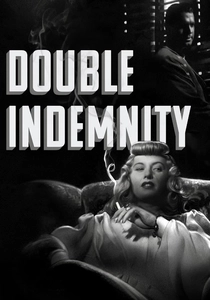
Double Indemnity (1944)
Description: A quintessential film noir featuring a morally ambiguous protagonist, a femme fatale, and a plot driven by deception and betrayal. The sharp dialogue and shadowy cinematography create a tense, fatalistic atmosphere.
Fact: The screenplay was co-written by Raymond Chandler, who famously clashed with director Billy Wilder. The film was initially controversial for its depiction of murder and adultery.
 Watch Now
Watch Now 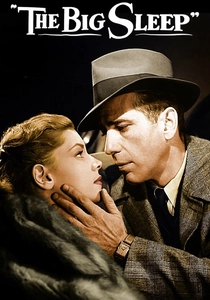
The Big Sleep (1946)
Description: A labyrinthine plot filled with double-crosses and sexual tension, anchored by a world-weary private eye. The rapid-fire dialogue and shadowy visuals create an atmosphere of constant danger.
Fact: The plot was so complex that even the screenwriters couldn't explain who committed one of the murders. The famous bookstore scene was added to meet wartime censorship requirements.
 Watch Now
Watch Now 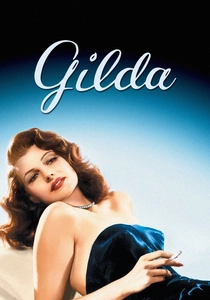
Gilda (1946)
Description: Centers on a toxic love triangle in an exotic setting, with themes of obsession and betrayal. The film's sultry atmosphere and psychological tension are heightened by dramatic lighting.
Fact: Rita Hayworth's performance and the 'Put the Blame on Mame' number became iconic. The film was controversial for its sexual undertones and was banned in some countries.
 Watch Now
Watch Now 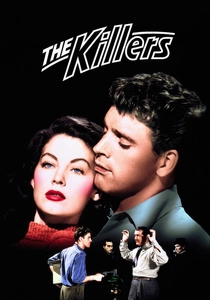
The Killers (1946)
Description: A fatalistic crime story told through flashbacks, featuring a protagonist trapped by circumstances. The film's moody atmosphere and existential themes are classic noir elements.
Fact: This was Burt Lancaster's film debut. The opening diner scene was so influential it was later remade as a short film by Andrei Tarkovsky.
 Watch Now
Watch Now 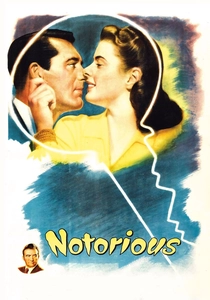
Notorious (1946)
Description: A suspenseful tale of espionage and romantic betrayal, featuring morally compromised characters. The film's psychological depth and visual style create mounting tension.
Fact: The famous key scene was shot in a single take lasting nearly three minutes. The film's MacGuffin (uranium ore) was considered so sensitive that the FBI monitored production.
 Watch Now
Watch Now 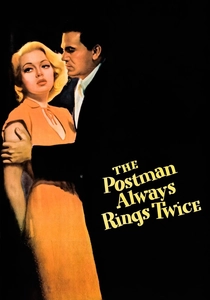
The Postman Always Rings Twice (1946)
Description: A story of passion and murder featuring ordinary people caught in a downward spiral of crime. The raw sexual tension and fatalistic tone are classic noir elements.
Fact: This was the first major Hollywood adaptation of James M. Cain's novel. The film pushed boundaries with its then-daring depiction of an extramarital affair.
 Watch Now
Watch Now 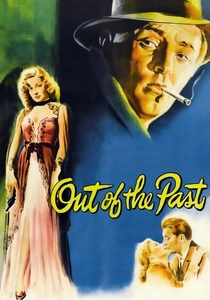
Out of the Past (1947)
Description: Features a doomed protagonist ensnared by a manipulative woman and his own past mistakes. The film's flashback structure and moody visuals heighten the sense of inevitable tragedy.
Fact: The movie was filmed on location in California and Mexico, which was unusual for studio productions at the time. It's considered one of the most visually striking noirs of the 1940s.
 Watch Now
Watch Now 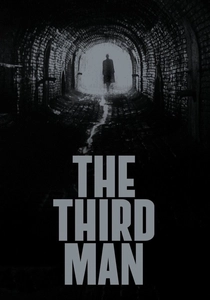
The Third Man (1949)
Description: Set in postwar Europe with a cynical protagonist uncovering layers of deception. The film's distinctive visual style and morally ambiguous characters create a haunting atmosphere.
Fact: The iconic zither score was played by a musician discovered playing in a Vienna café. The famous sewer chase was filmed in actual Vienna sewers.
 Watch Now
Watch Now 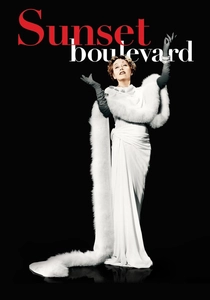
Sunset Boulevard (1950)
Description: A dark Hollywood tale featuring a doomed protagonist and themes of obsession and faded glory. The film's cynical view of fame and fortune is underscored by dramatic visuals.
Fact: The famous opening scene with the body in the pool was originally shot as the film's ending. Several silent film stars appeared as themselves, adding to the film's authenticity.
 Watch Now
Watch Now 
